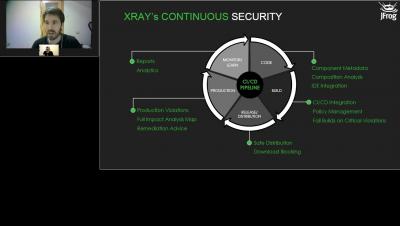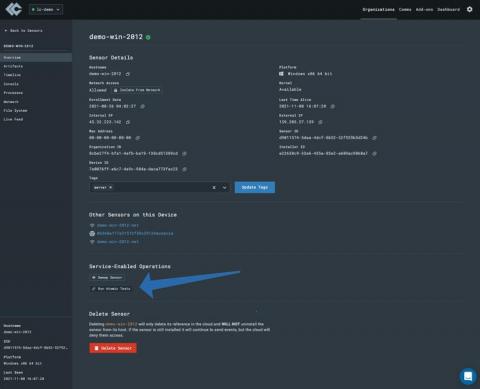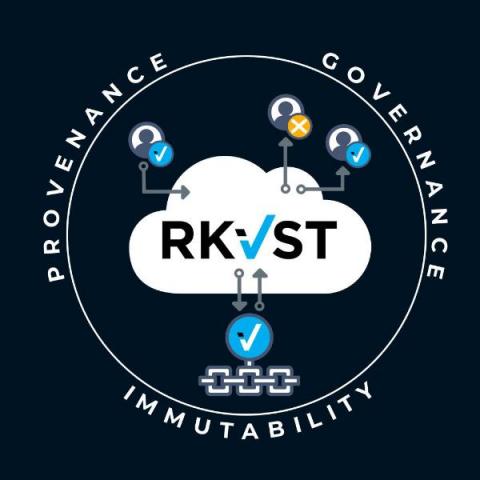5 Top Local Administrator Password Solution (LAPS) Tips
The local Windows administrator account is a coveted target for hackers and malware. There are potentially a lot of bad things that can happen if a hacker can crack the local admin account of one of your servers. Dreadful things usually occur when someone downloads a malicious malware strain using the administrator account as well. The magnitude of these problems is amplified even more if you use the default administrator account for every similar machine uses the same password.











